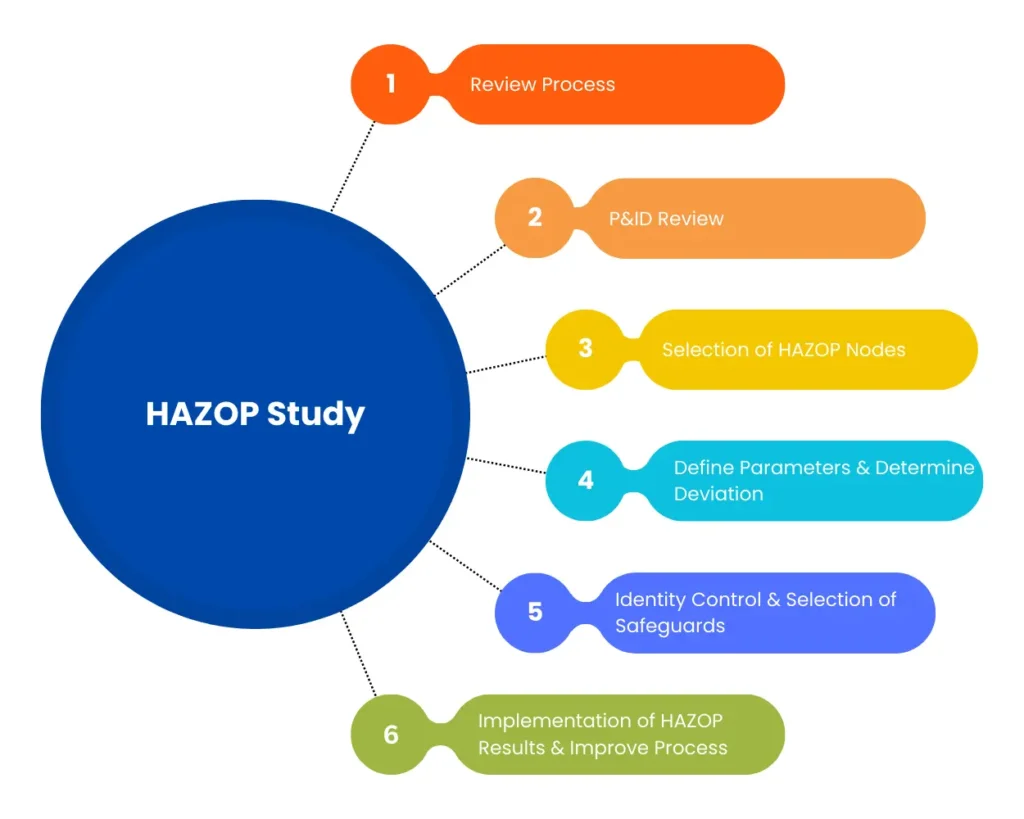Assessing Design Intent and Potential Hazards
The HAZOP (Hazard and Operability) review employs a systematic and structured approach to examine a design’s process and engineering intentions. The primary aim of this review is to assess the potential for malfunction of the system/equipment, as well as the consequential effects of hazardous events on personnel, the environment, or assets. Additionally, the review considers operability problems and their impacts on process efficiency and productivity, with the overall goal of optimizing the field development.
The Importance of Design Intent
Central to the HAZOP review is the understanding that hazards can be avoided if the process consistently operates within its design intent. By thoroughly examining the design and identifying potential issues, organizations can proactively enhance safety and minimise the risk of accidents or inefficiencies.
Enhancing Safety, Environment, and Operations
The HAZOP review plays a vital role in promoting safety, protecting the environment, and optimizing operations. By conducting a comprehensive assessment of potential malfunctions and their repercussions, organizations gain insights to improve the system’s reliability, protect personnel, minimize environmental impact, and enhance process efficiency and productivity.

